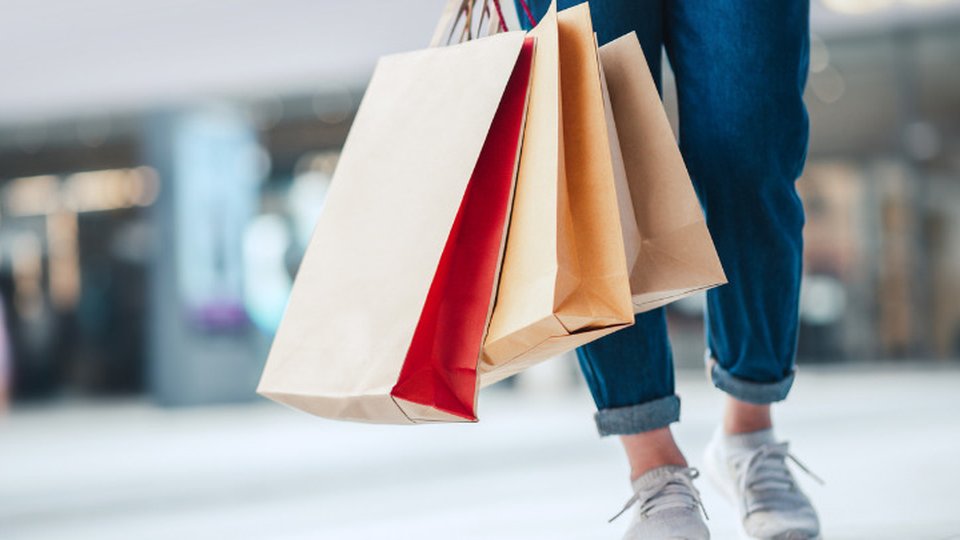Consumer Behavior
Brick-and-mortar retail not going anywhere soon

September 17, 2021
The retail brick-and-mortar segment, despite COVID-19 and the increasing consumer online purchase activity, isn't going anywhere soon.
What is happening, according to Tango President and CEO Pranav Tyagi, is that retail strategies are morphing to accommodate greater omnichannel experiences.
"But it is clear that the physical store is the foundation of a successful retailer and technology will continue to play a huge role in bringing the two together to create a seamless consumer experience," Tyagi stated during a keynote address at the Location is Everything Summit, a two-day Tango event during which retailers and industry experts discussed the state of the retail industry. Tango is an in-store lifecycle management and integrated workplace management system software provider.
The event also provided key learnings from industry experts, according to a press release on the conference.
Highlights included:
● With the acceleration of e-commerce and the rise of omnichannel retail, online and offline shoppers are now competing for the attention of in-store sales associates. Employees are often now serving dual purposes — working the floor to assist customers and fielding pickup orders — but the customer in the store is always going to demand the most attention at any given time. Retailers need to be cognizant of these potential conflicts between employees and the online/offline customer and ensure that a customer's in-store experience isn't ruined by the omnichannel rush.
● Consumers have always valued speed and efficiency, but there are now additional values that became more apparent for shoppers during the pandemic, such as convenience and cleanliness. Retailers should be considering the ways in which technology can advance frictionless experiences to help get consumers in and out of the store faster, (e.g., touchless payment systems or contactless pickup), but they should not outright abandon the idea of adding friction to certain aspects of the shopping experience.
● In response to the recent changes in customers' shopping habits, retailers are beginning to look at their workforce differently. Retailers have tracked several major behavioral shifts for customers during the past year, including increased deliveries, curbside pickup, off-premise shopping, longer shopping hours and higher-volume transactions.





